Colorless varnish for wood: how to choose the right one?
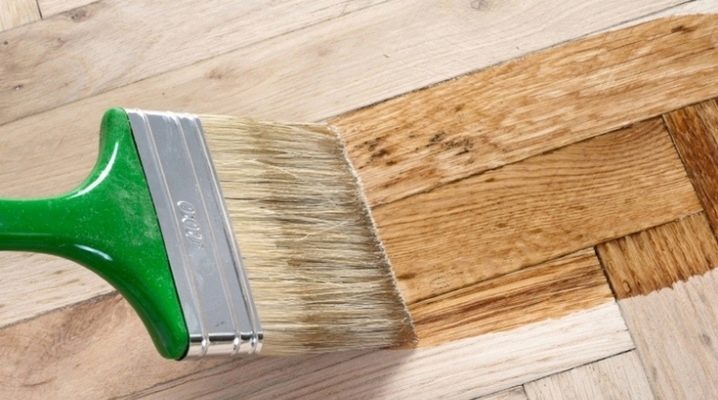
Wood products, especially when it comes to soft species, is quite easy to damage. To do this, it is not at all necessary to subject it to mechanical shock - sometimes it is enough just to wet it. And ingrained food or chemicals can irreversibly spoil the overall look. One of the methods of protection is varnishing. And the most popular varnish is colorless.
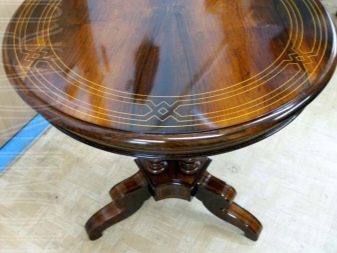

Requirements
Clear wood varnish should:
- Form a durable coating and provide an adequate degree of protection from environmental factors;
- emphasize the beauty of wood;
- be environmentally friendly, safe, free of toxins and used in different conditions, without harming children and adults;
- have a long service life without the cost of restoration during operation;
- easy to apply and dry quickly.

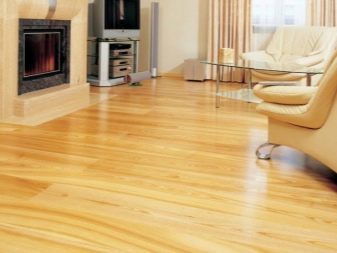
Clear varnishes can be:
- one-component;
- two-component (with hardener);
- multicomponent (in addition to the hardener, they include solvents and other additives).
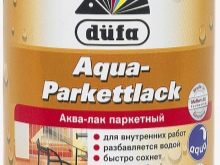
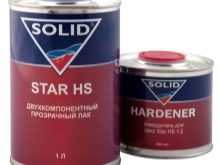
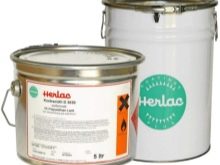
The scope of application is quite extensive. Colorless varnish can not only serve as a decorative function, giving things a beautiful appearance with or without shine, but also protect against scratches and significant damage, as well as changes associated with weather conditions or the microclimate in the house. Transparent varnish is used for wooden toys, pencils, musical instruments, furniture, floors, walls and even yachts. In the interior inside houses, they paint wooden panels for walls or parquet boards for the floor, and are also used to cover the external facades of houses, baths and gazebos.
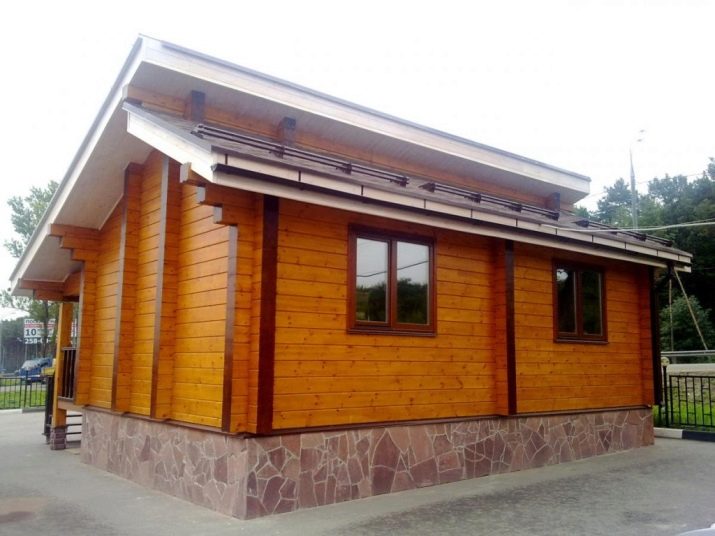
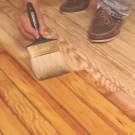
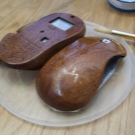
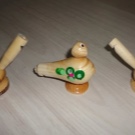
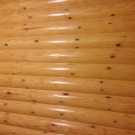
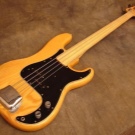
Views
Several types of varnishes are distinguished depending on the base.
- Acrylic. The most popular type. It is water-soluble, odorless and toxin-free, fire retardant, vapor-permeable, easy to apply. Such a coating will be brittle, prone to abrasion. Acrylic-urethane varnish has improved properties.
- Alcohol (varnish). Fast drying varnish available due to its relatively low cost. The resulting film is rather brittle, loses strength when heated, and burns.
- Oil. Its density and strength depend on the ratio of resin to oil in its composition. Greasy varnishes, although they dry longer, are more resistant.
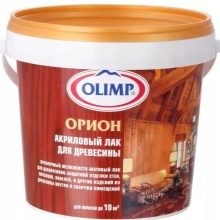
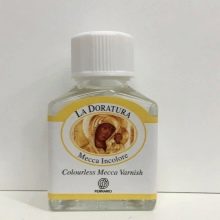
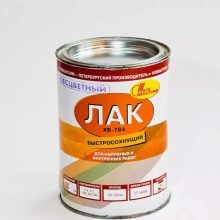
- Resin. Its distinguishing feature is plasticity, which directly depends on the use of natural or artificially synthesized resins. It dries faster than oil varnish, but is inferior in strength.
- Alkyd. Depending on its constituent components, it requires the addition of a thickener or hardener, which accelerates its drying. Durable, withstands high humidity and temperature changes. Urethane-added grades last twice as long.
- Epoxy. Withstands heavy loads, does not scratch, does not wear out. The service life depends on the area of application, but this figure is quite high. The object covered by it will be reliably protected.
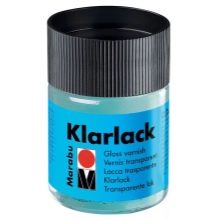

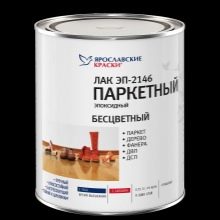
- Polyester. Refers to multicomponent varnishes. The coating does not deform when heated, water and chemicals ingress.
- Nitrocellulose. It has average performance for all requirements, but dries well. The formed film may deform if it gets wet.
- Polyurethane. Drying time is not measured in days, but in weeks. The resulting layer is comparable in strength to the hardest minerals. Protects the surface well in all weather conditions.
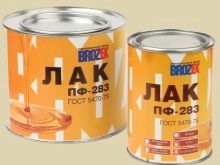
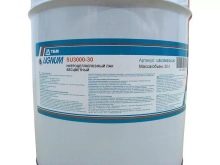
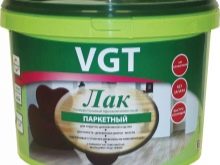
Most of these clear varnishes, although they do not have any special pigments that give them color, after curing, acquire a yellowish tint. When superimposed on the natural color of the wood, this can make it darker in tone.
Such changes in the direction of brightness are not critical, but they must be taken into account.
Application
The surface of the object must be carefully prepared, as the use of a colorless paint and varnish material will leave all imperfections visible.
Let's consider these processes using the example of interior varnish.
- First of all, you need to clean off the old coating (with a solvent or spatula), and also remove dust or any other dirt (this requires a vacuum cleaner or sponge).
- Sand the surface well, making it as flat as possible (with a grinder or sandpaper). The sanded object should dry well.
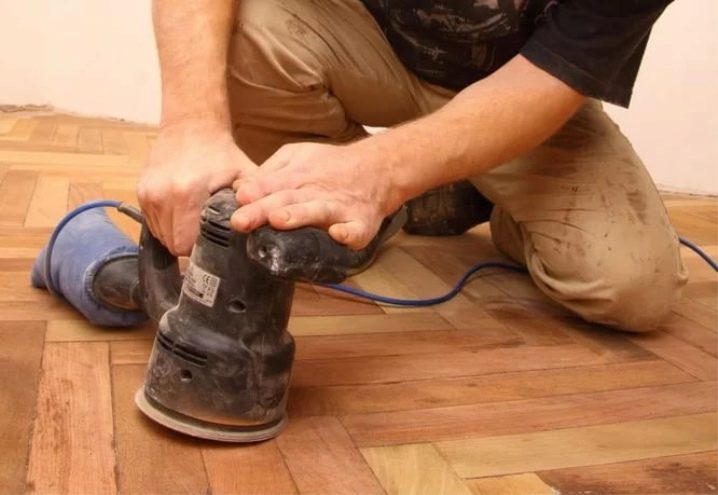
- Apply a primer. Firstly, it will help better adhesion of the varnish to the work surface. Secondly, it will not allow the material to be absorbed and will allow you to save money. Thirdly, due to this, subsequent layers will be applied thinner and smoother. Fourth, without priming on an untreated surface, even a glossy varnish will appear matt due to its high absorbency, and you will need to reapply it.
- After hardening, the primer must also be leveled by sanding. Here you will already need a fine-grained type of sandpaper.
- Provide good ventilation if there is odor. The drying process will take place faster at a temperature not lower than room temperature and in dry air. Good lighting is a must.
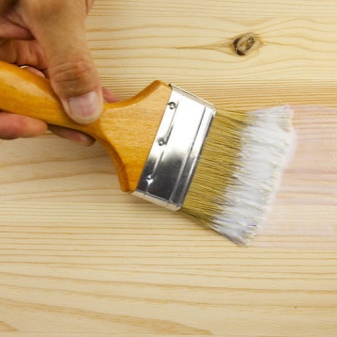

The application process is so simple that any person can handle it, even without experience and skills in this area.
To do this, you just need to perform a certain order of actions.
- If the varnish requires preparation, it must be diluted with water or a special compound.
- Apply the first coat with a brush or roller. There is only one application technique: the movements should be strictly along the fibers.
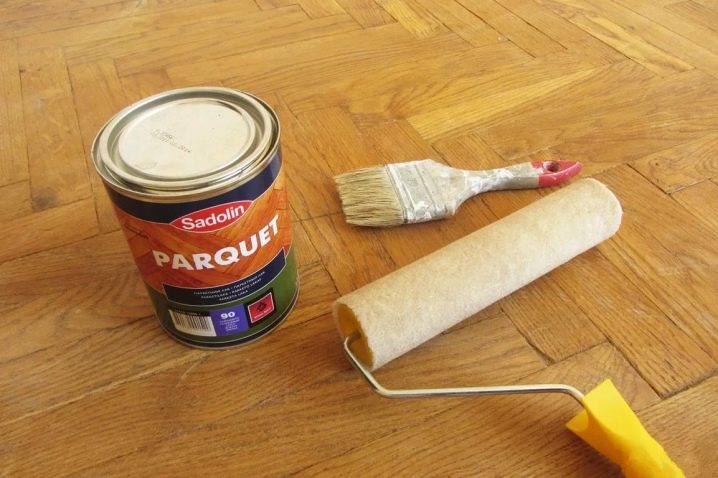
- The drying time is different for each manufacturer, so carefully read the information on the packaging. After that, you need to grind the hardened layer and remove the separated particles.
- Then you can apply the next layers, of course, only after the final drying of the previous one. The number of layers depends on the result you want. It takes at least three coats for the gloss to be truly shiny. This process is quite lengthy, so it must be taken into account when planning the work.
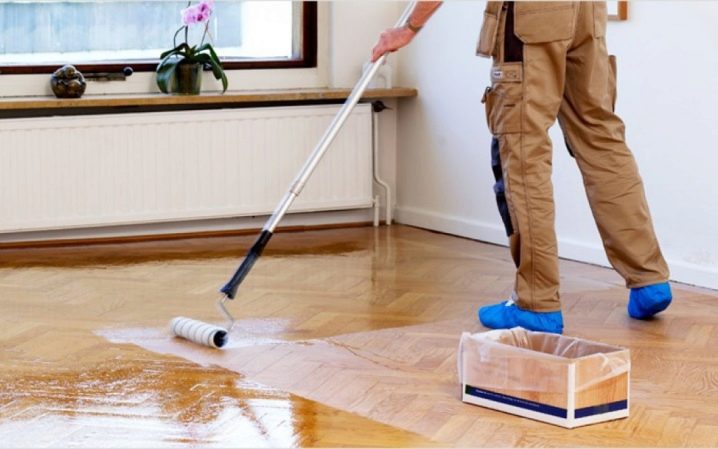
How to choose
In the case when a person cannot determine whether he needs a transparent varnish or with a tint, the choice in favor of a colorless varnish occurs in the following cases.
- When expensive types of wood are used. Oak, wenge, mahogany, beech have their own, quite noticeable color and texture. Therefore, it makes no sense to apply the color version in this case.
- If the interior emphasizes naturalness. Of course, untreated wood looks natural, but it is not always convenient to use, and nobody canceled the protective function of varnish. The main nuance is that the lacquer coating will be more appropriate for rustic, Provence, country styles.
- The matte version is practical if the lacquered object will be used often, because scratches are not so noticeable on it, although it all depends on the brand of the product.

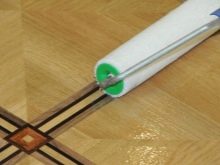
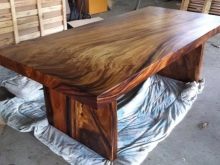
In general, when choosing a varnish, you need to take into account some points.
- The degree of safety. First of all, you need to evaluate the smell. Its presence immediately narrows the range of use, excluding contact with food and children. This applies to alkyd, nitrocellulose and polyurethane types. The water-based material can be used almost anywhere.
- Feasibility. Each type of varnish has its own pros and cons, so they need to be weighed. You should also take into account the conditions of use and all possible influences on the object to be varnished.
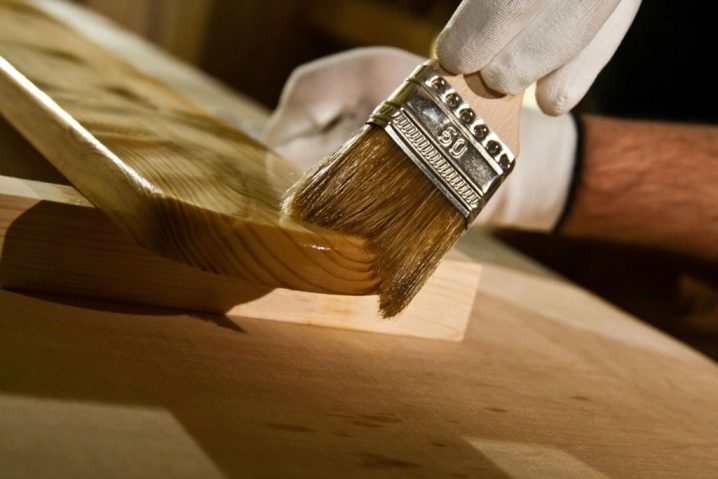
- Ease of use. The form of release in the form of spray cans is more convenient, since it does not require the cost of tools and is applied more evenly. The spray can quickly and completely revive any surface.
- Budget. Since there are many varieties of colorless varnish, you can almost always find a more affordable option.
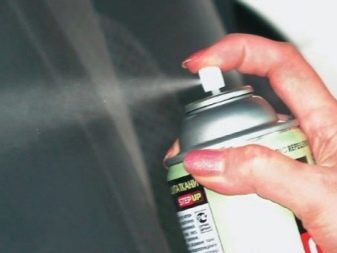

For more information on clear acrylic varnish for wood, see below.













The comment was sent successfully.